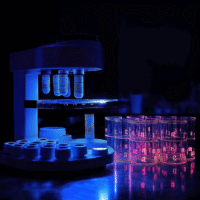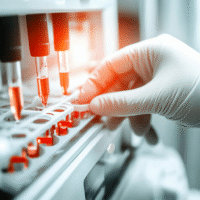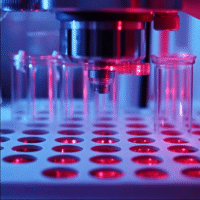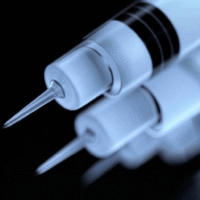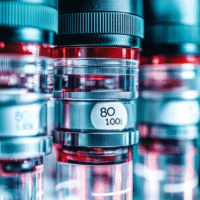Understanding the Trial Results
This study looked at how well two skincare products, Eucerin® UltraSensitive Soothing Care Gel (GEL) and Eucerin® UltraSensitive Repair Intensive Source Serum (CO-USE), help protect the skin after non-invasive treatments like lasers and intense pulsed light (IPL). These treatments can sometimes make the skin sensitive or cause redness, so it’s important to use effective skincare afterward.
What Worked?
- Both GEL and CO-USE helped reduce skin water loss and increased skin hydration.
- Patients using these products had less redness 24 hours after treatment compared to those who did not use them.
- CO-USE was particularly good at reducing skin sensitivity after treatments.
- Both products were safe to use and did not cause any serious side effects.
What Didn’t Work?
- The placebo group (those who used a dummy product) did not see the same benefits in reducing redness or improving skin hydration.
How This Helps Patients and Clinics
Patients can have a better experience after skin treatments by using these specific skincare products. Clinics can recommend these products to help their patients recover more comfortably and effectively.
Real-World Opportunities for Hospitals and Doctors
- Doctors can incorporate GEL and CO-USE into their post-treatment care plans.
- Clinics can educate patients on the importance of skincare after laser treatments.
- By using these products, clinics may see improved patient satisfaction and outcomes.
Measurable Outcomes to Track
- Monitor changes in skin hydration levels.
- Assess the reduction of redness and sensitivity in patients after treatments.
- Collect patient feedback on their recovery experience.
AI Tools That Could Help
Clinics can utilize AI-based skincare assessment tools to analyze skin conditions before and after treatments. These tools can help track improvements in hydration and sensitivity over time.
Step-by-Step Plan to Start Applying These Findings
- Introduce the skincare products to your clinic’s post-treatment protocol.
- Start by recommending the products to a small group of patients.
- Monitor their responses and gather feedback on their recovery experience.
- Use data collected to adjust recommendations and improve patient care.
- Gradually expand the use of these products based on positive outcomes.
For more details, you can read the full research article here.


















